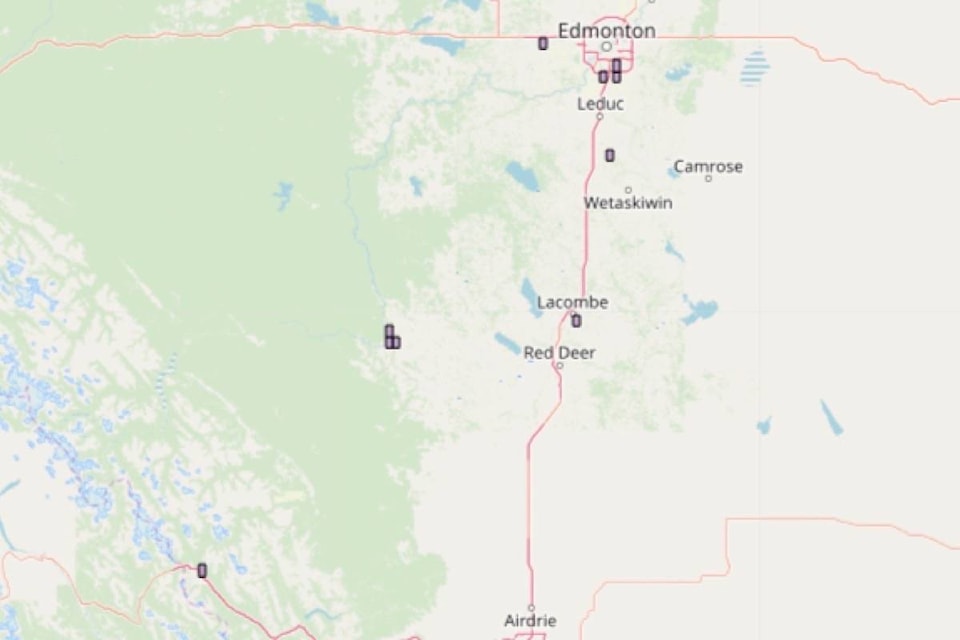The estimated depth of Sunday’s earthquake near Rocky Mountain House suggests it was a natural earthquake, rather than fracking-related as suspected in the quake a week ago near Sylvan Lake, according to an earthquake seismologist.
Earthquakes Canada reported seismic monitors measured a 4.3 magnitude earthquake 30 km northwest of Rocky Mountain House, at about 4 a.m., that was lightly felt in Rocky and Clearwater County.
Last Monday, an earthquake measured at 4.6 on the Richter scale happened just before 6 a.m. about 20 km south of Sylvan Lake.
There were no reports of damage from either quake, but the one near Sylvan Lake rattled doors and windows in that town.
John Cassidy, earthquake seismologist with Natural Resources Canada who heads the earthquake research group across Canada, said Sunday’s quake was felt as far away as Edmonton, with most reports from the Rocky Mountain House area and milder shaking compared to the Sylvan Lake event.
“The (Sylvan Lake) event we know was very close to the surface. Earthquakes that are very shallow are felt stronger,” Cassidy said on Monday.
He said it may seem like a small difference between 4.3 and 4.6 magnitude, but 4.6 is nearly twice as strong.
“We have natural earthquakes and human-induced earthquakes in (the Rocky M0untain House) region. Which this is, we don’t know at this point. If it really is 10 or 13 km deep as the initial estimates suggest, then it’s much more likely it’s certainly a natural earthquake.”
He said the two central Alberta earthquakes were also not linked.
“They’re too far apart. They are too small.”
Naturally occurring seismic activity is not uncommon for the Rocky area. In August 2014 a 4.3 magnitude quake happened.
Related:
Central Albertans saw lighter side of earthquake experience
Seismic experts investigating Monday’s earthquake
Cassidy said magnitude 4 earthquakes are not unheard of in the area, but are relatively rare. It’s an area that can feel the stresses caused when tectonic plates, or pieces of the earth’s crust, collide off Canada’s west coast.
“It’s the movement of those plates that ultimately cause earthquakes. Most of Canada’s earthquakes are along the west coast, mostly offshore. But some of the stress from those plates and forces are actually transmitted through the continent so all of North America is being squeezed ever so gently, in sort of a northeast, southwest direction.”
He said people’s experiences can vary even if they are in the same building during earthquake. Depending on the magnitude, it may be felt more by someone on a higher floor or in a quiet space.
Central Albertans are encouraged to report what they experienced in the Rocky-area quake to earthquakescanada.nrcan.gc.ca to assist scientists.
szielinski@reddeeradvocate.com
Like us on Facebook and follow us on Twitter
